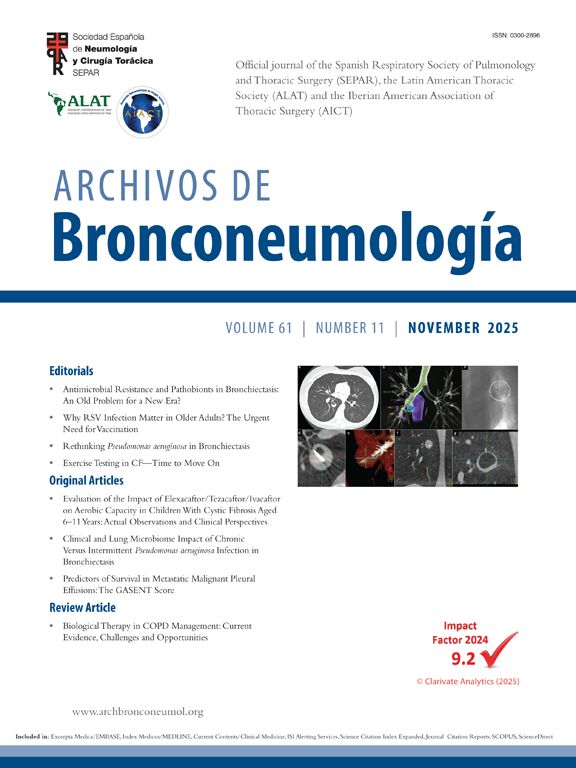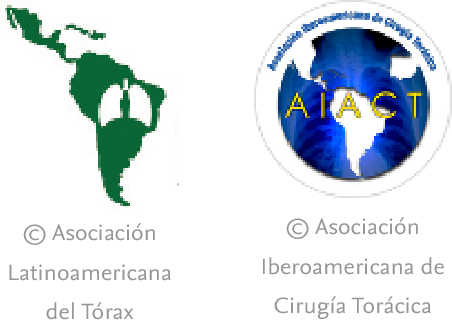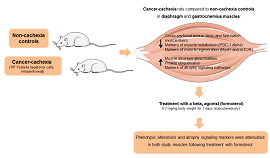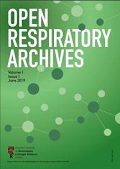A 32-year-old construction worker presented to the hospital after sustaining trauma to his left upper back from a falling metal scaffold. Physical examination revealed reduced breath sounds over the right chest. Chest X-ray confirmed a right pneumothorax (Fig. 1a), and intercostal drainage was performed. Whole-body computed tomography (CT) revealed a comminuted left scapular fracture (Fig. 1b) and simple fractures involving the right 2nd, 5th and 6th posterior ribs, which were conservatively managed. Bilateral cavitary lesions, worse on the right, were incidentally noted (Fig. 1c–f). As pulmonary tuberculosis was endemic, antituberculosis treatment was started. However, sputum acid-fast bacilli smears and nuclei acid amplification test returned negative. An interval chest CT two weeks later showed complete resolution of right-sided lesions and improvement of left-sided ones (Fig. 1g–j). Given the radiologic improvement and preceding blunt chest trauma, a diagnosis of traumatic pneumatoceles (TP) was made. Antituberculosis therapy was stopped and another chest CT at 4 months demonstrated normal lung parenchyma. Awareness of TP as a contextual differential diagnosis is crucial for maintaining a balanced clinical approach to any cavitary lung disease,1 particularly one of public health concerns.
(a) Right traumatic pneumothorax. (b) Comminuted left scapular fracture. (c)–(f) Index chest CT with representative axial and coronal slices showing bilateral lung cavities. (g)–(j) Interval chest CT two weeks later with corresponding axial and coronal slices showing marked improvement or resolution of lung cavities.
CKT initiated the idea for manuscript submission and prepared the final draft. CKP and MRT acquired the clinical data. All authors have read and approved the final manuscript.
Declaration of generative AI and AI-assisted technologies in the writing processThe authors declare that no artificial intelligence software was used in the preparation of this manuscript.
FundingThe authors declare that no funding was received for the publication of this case.
Conflicts of interestThe authors have no conflicts of interests to declare.











